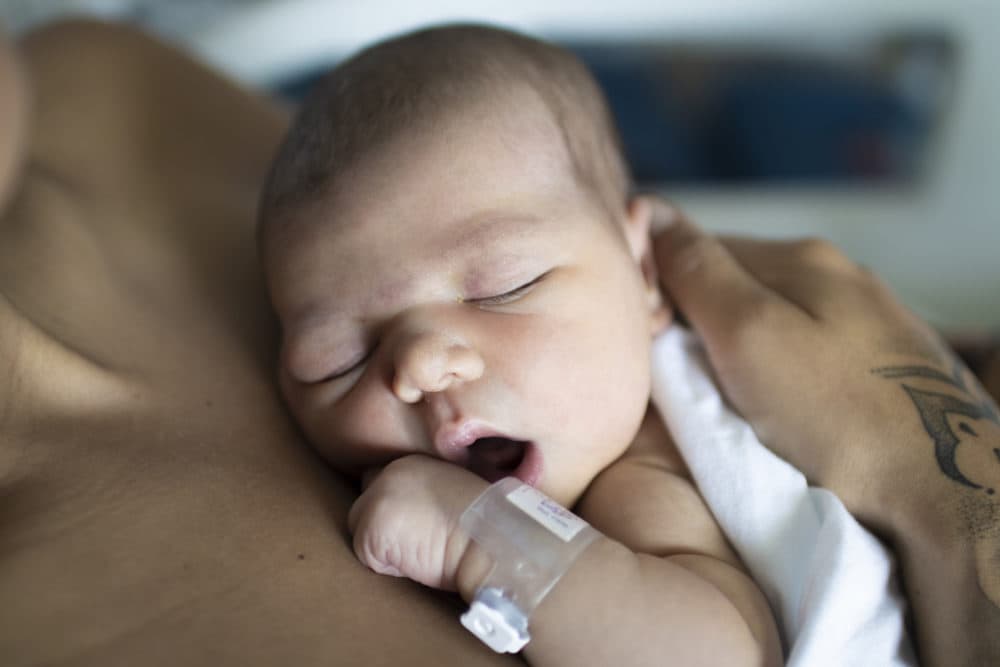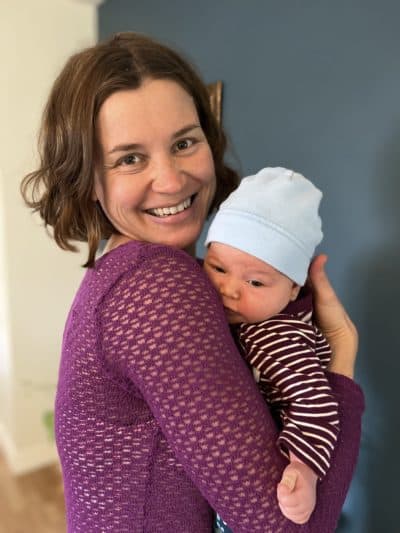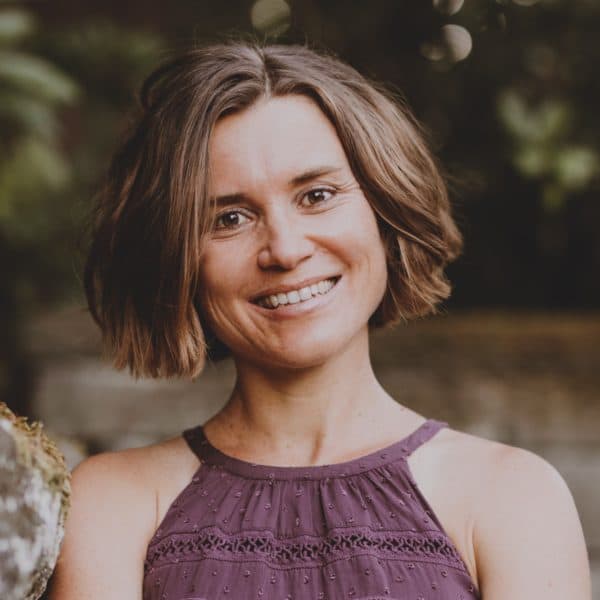Advertisement
Commentary
On my first Mother's Day, I'm honoring the profound link between birth and death

This Mother’s Day is my first. It’s the very first time I will receive a Mother’s Day card in the mail and text messages with heart and tulip emojis. Perhaps even real flowers. Chocolates if I’m dreaming big.
We love beginnings.
I see it in the look of strangers whose eyes glitter with glee as they watch me and my baby waltz by with our giant pram. “How old?” they yell, expectant, from across the street. Any answer will satisfy them. Every car stops for us from what feels like a football field away. The cashier steals a glance inside the carriage, her mouth curving into an almost instinctive smile. People who barely know me ask for the story of my daughter’s birth. I beam and indulge them.
We love beginnings. They hold so much promise. They transcend what was. They fill stagnant air with new life. They feel so sublimely hopeful.
As a new mother, I revel in each beginning that marks our sweet and breathless days— my daughter’s first squeal, the first smirk blossoming across her damp cheeks, the first time she yanks at my hair.

Yet these firsts, these beginnings, also lead me to reflect on the end.
In my professional life, I work on death. As a cultural anthropologist, I’ve spent years studying how medical assistance in dying is transforming the ways Americans die. I got to know patients who found great solace in hastening their own deaths because their suffering had melted away any desire to live.
In a culture that keeps death at a safe distance and has rendered it more or less invisible, these people walked toward the end with clear, open eyes. They had accepted the hard truth of their mortality and looked to their own passing with a sense of completion.
Many of us associate this moment with the word “terminal.” But in my experience, these endings were also a form of liberation, a path clearing toward an unknown horizon. It takes improbable courage to walk that path and make friends with death.
It’s easy to think of birth and death as opposites, but they are actually very similar. They are both sacred transitions from one state of being to another. Culturally, we revere one, while we shun the other. We are so afraid of the end; we do everything to stave it off as long as we can. We think our own parents will live forever, let alone ourselves.
As I sat down to write my book on dying, in the summer of 2020, death felt closer than ever before. The week that massive wildfires dyed Oregon’s skies a murky purple, I lost the baby that had been growing inside my womb for 14 weeks. As I stared at the frozen bean on the ultrasound screen, three clinicians came and went without telling me what they already knew. A fourth one finally delivered the news, through two thick layers of masks.
I never thought I would be here after losing everything. And, as a new mother, I want to hold all these feelings at once.
I’m not sure how I would have coped with my pain and sadness without having spent all this time studying death. Intuitively, I grasped for the power of ritual to mark this unexpected and incomprehensible ending. I held a backyard ceremony with my closest friends to honor the lost soul. We lit candles and floated them in a bowl of water. My neighbor built a small glass display box for the knitted booties I had picked out.
I spent my entire second pregnancy with the specter of death as a constant companion. I lay down several times a day clasping my growing belly, waiting for those reassuring kicks. I didn’t cut the tags off any clothes I had bought for my daughter, worried I might have to return them. I didn’t want anyone to say the name I had picked out for her. After she was born, and we came home from the hospital, my friends had to unwrap the diaper pail that still rested quietly in a box.
As I type this, my book on death has been delivered into the world, and my 15-week-old daughter is strapped to my chest, snoring softly, her heart beating against mine. Across the room, her brother’s framed booties sit on a mantle. I never thought I would be here after losing everything. And, as a new mother, I want to hold all these feelings at once.
So this Mother’s Day, as we celebrate new beginnings, let’s also take a moment to honor the endings that brought us here. Because both are profoundly linked.
